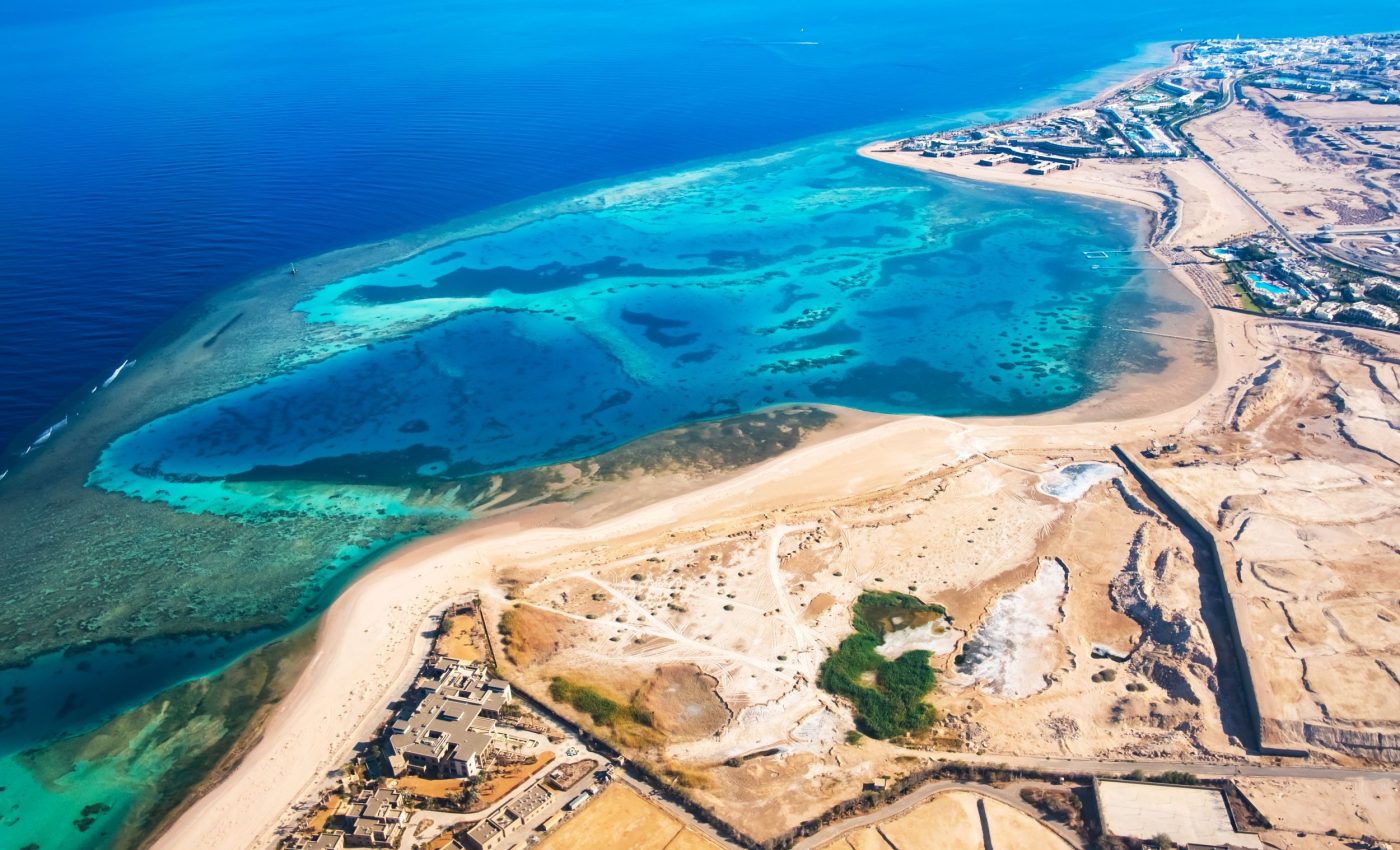
The entire Red Sea completely dried out 6.2 million years ago
New research makes a bold claim about a very familiar body of water on the map. The Red Sea, now a long ribbon between Africa and Arabia, completely dried out approximately 6.2 million years ago.
Then, almost as suddenly, water levels returned to normal.
The team pinned this event to a short window when water from the Indian Ocean surged north and restored normal marine conditions in under 100,000 years.
The new paper also identifies a submarine canyon about 200 miles long that marks the path of the flood.
Dry Red Sea basin
“Our findings show that the Red Sea basin records one of the most extreme environmental events on Earth, when it dried out completely and was then suddenly reflooded about 6.2 million years ago,” said Dr. Tihana Pensa from King Abdullah University of Science and Technology (KAUST).
“The flood transformed the basin, restored marine conditions, and established the Red Sea’s lasting connection to the Indian Ocean,” Dr. Pensa continued.
For context, desiccation means a basin loses almost all standing water because evaporation outpaces inflow.
In the Red Sea, that happened when connections to other oceans were cut and climate conditions pushed salinity and evaporation sky high.
Reflooding carves important channel
The refilling surge entered through today’s Bab-el-Mandab, crossing volcanic highs near the Hanish Islands.
Bathymetric maps show a deep, straight channel that links the Gulf of Aden to the southern Red Sea.
That channel is the kind of scar that fast-moving water leaves on a seafloor.
It implies a short, powerful event that carried enough energy to slice through volcanic barriers and drown earlier salt flats.
This sequence matters because it happened before the famous refilling of the Mediterranean at the end of the Messinian Salinity Crisis.
The Mediterranean’s Zanclean flood is dated to about 5.33 million years ago; roughly one million years prior to the evaporation and reflooding of the Red Sea.
That gives this basin a separate storyline rather than a simple echo of the Mediterranean event.
Salt and fossils reveal clues
The researchers combined seismic images with age dating and tiny fossils to time the switch from a dry to a marine basin.
Microfossils are the remains of microscopic organisms that live in seawater, and are powerful time stamps because species appear and disappear in known intervals.
Seismic surveys showed a sharp surface where erosion shaved off older layers, then younger marine sediments draped over the top.
That pattern fits a dry phase followed by a fast return to open ocean conditions.
Thick layers of evaporites, which are salts and gypsum left behind when water evaporates, filled the basin during the dry phase.
Those salts preserve a chemical and physical record of intense evaporation before the flood.
Why the dry Red Sea matters
The Red Sea is an excellent place to watch the birth of a sea because it sits on a young rift between the African and Arabian tectonic plates.
A broad review documents rifting that began around 30 million years ago and shows how the basin shifted from lakes and restricted gulfs to deeper water.
Western Arabia also hosts large volcanic fields called harrats that have been active during the past 30 million years.
The USGS outlines in a report how those volcanic systems relate to the region’s plate motions and helps explain why volcanic ridges could have once blocked southern water pathways.
Putting the new flood evidence into that tectonic frame helps explain the stop-and-start nature of seawater connections.
It also clarifies how the Red Sea switched from a salt-rich trap to a connected arm of the world ocean.
Red Sea’s 100,000-year dry spell
When a shallow sill restricts a basin, inflow can no longer balance evaporation. Over time, water levels drop, salinity rises, and salts crystallize out of solution.
In the Red Sea, the final cutoff from the north and a volcanic barrier to the south set the stage for a complete drawdown.
Once a pathway opened from the south, the sea returned quickly. A canyon of this size requires tremendous discharge over a short time.
That is why the geometry of the channel is such an important line of evidence. The channel runs nearly straight between deep basins, then branches where volcanoes forced the flow to split.
Those details match what fast erosion by seawater would do to uneven ground.
Back to normal, the Red Sea lives again
Once the basin reconnected, scientists assert that marine organisms colonized the water column and seafloor again.
Coral reefs eventually flourished, and the Red Sea today is known for unusual heat-tolerant communities.
That modern richness does not erase the basin’s extremes. Instead, it shows that severe environmental swings can be followed by recovery when connections to the sea are restored.
Events like this help explain how oceans and seas are created, how giant salt deposits form, and how climate and plate movements interact.
They also show that some changes can happen very quickly on a geological clock.
The key lesson is how multiple tools fit together. Seismic images, age dating, fossils, and seafloor topography all point to the same story.
Many questions left unanswered
Future surveys across Bab-el-Mandab and the Hanish region will refine the canyon’s shape and age, and more cores will test how abruptly the chemistry changed when the first Indian Ocean water arrived.
Better mapping will also show how far the flood effects reached into the side basins. Those details will sharpen models of how fast and how high the refilling rose.
There is still lots to learn about this incredible event, and no lack of scientists who are up for the task.
The study is published in Communications Earth & Environment.
—–
Like what you read? Subscribe to our newsletter for engaging articles, exclusive content, and the latest updates.
Check us out on EarthSnap, a free app brought to you by Eric Ralls and Earth.com.
—–













